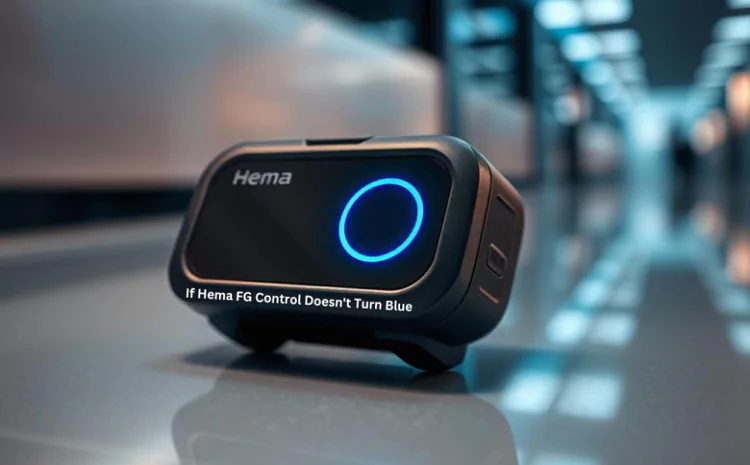When working in a lab, reliable results are crucial. One common issue that arises is when the Hema FG control doesn’t turn blue. This can indicate a problem with the reagents or the testing process. Understanding why this happens can help you troubleshoot effectively.
Key Takeaways
- The Hema FG control should turn blue when functioning correctly.
- Issues may arise from expired or contaminated reagents.
- Reagent degradation can affect test outcomes.
- Always check for expired chemicals first.
- Proper storage and handling of reagents are essential for accurate results.
Understanding Hema FG Control
The Hema FG control is used in various laboratory tests, particularly in hematology. This control helps ensure that the test is working properly. Under normal circumstances, when the test is performed correctly, the Hema FG control should turn blue. This color change indicates that the test has been successful.
Why Is Blue Color Important?
- Indicates Reaction: A blue color signifies a successful reaction, confirming the reliability of the test.
- Quality Control: It acts as a quality control measure, ensuring the reagents and processes are functioning correctly.
Common Reasons Hema FG Control Doesn’t Turn Blue
If you encounter a situation where the Hema FG control doesn’t turn blue, several factors could be at play:
Expired or Contaminated Reagents
One of the most common reasons for this issue is the use of expired or contaminated reagents. Over time, reagents can degrade, losing their effectiveness.
Signs of Expired or Contaminated Reagents
| Signs | Description |
|---|---|
| Discoloration | Unusual colors or cloudiness in the reagent. |
| Precipitation | Formation of particles that shouldn’t be present. |
| Odor | Unpleasant or unexpected smells from the reagents. |
Reagent Degradation
Reagent degradation can occur due to improper storage conditions. Factors such as heat, light, and moisture can negatively impact the quality of reagents.
Impact of Degradation
- Loss of Efficacy: Degraded reagents may not react as expected.
- Inaccurate Results: This can lead to false negatives or incorrect readings.
Improper Handling
Improper handling of reagents during preparation or testing can also cause issues. Always ensure you follow proper protocols.
Common Handling Mistakes
- Not using clean pipettes or containers.
- Failing to mix reagents thoroughly before use.
- Using reagents beyond their intended purpose.
Troubleshooting Steps for Hema FG Control
When the Hema FG control doesn’t turn blue, follow these steps to troubleshoot the issue:
Check Expiration Dates
Start by checking for expired chemicals. Reagents often have a shelf life, and using them past this date can lead to unreliable results. Always use fresh reagents whenever possible.
Examine Reagent Storage Conditions
- Ensure reagents are stored in a cool, dark place.
- Avoid exposing them to moisture or extreme temperatures.
Inspect for Contamination
- Check for any signs of contamination in the reagents.
- Use proper aseptic techniques when handling to avoid introducing contaminants.
Prepare New Controls
If the control does not react as expected, consider preparing a new batch of controls. Use fresh reagents and follow all protocols carefully.
Review Testing Protocols
Ensure that you are following the testing protocols correctly. Even minor deviations can lead to significant differences in results.
Preventative Measures for Future Testing
To prevent issues with the Hema FG control in the future, consider implementing these measures:
Regularly Monitor Reagents
Set up a system to check expiration dates regularly. This ensures you always use fresh reagents.
Maintain Proper Storage Conditions
Always store reagents according to the manufacturer’s guidelines. Proper storage extends their shelf life and effectiveness.
Use Quality Control Checks
Implement routine quality control checks on reagents and controls to ensure everything is functioning correctly.
Conclusion
If your Hema FG control doesn’t turn blue, don’t panic. Start by checking for expired or contaminated reagents. Remember that reagent degradation can also affect your results. Following the troubleshooting steps outlined in this guide can help you identify and resolve the issue quickly.
Maintaining proper reagent management and testing protocols is crucial for obtaining reliable results in the laboratory. By taking these steps, you can ensure that your tests are accurate and effective, providing the information you need for further analysis.









